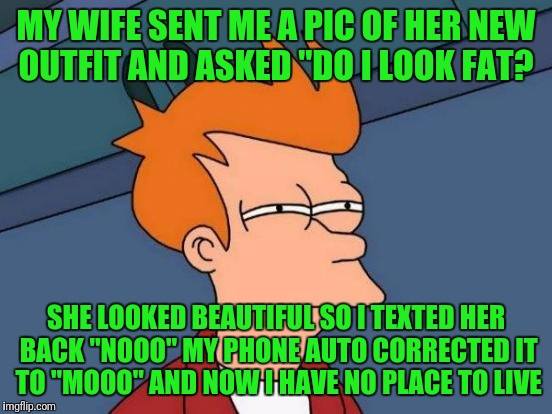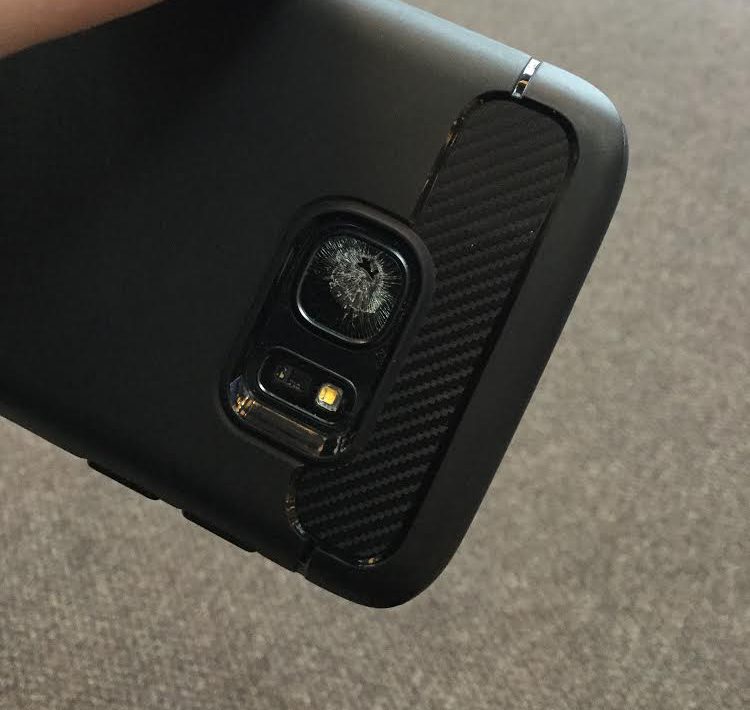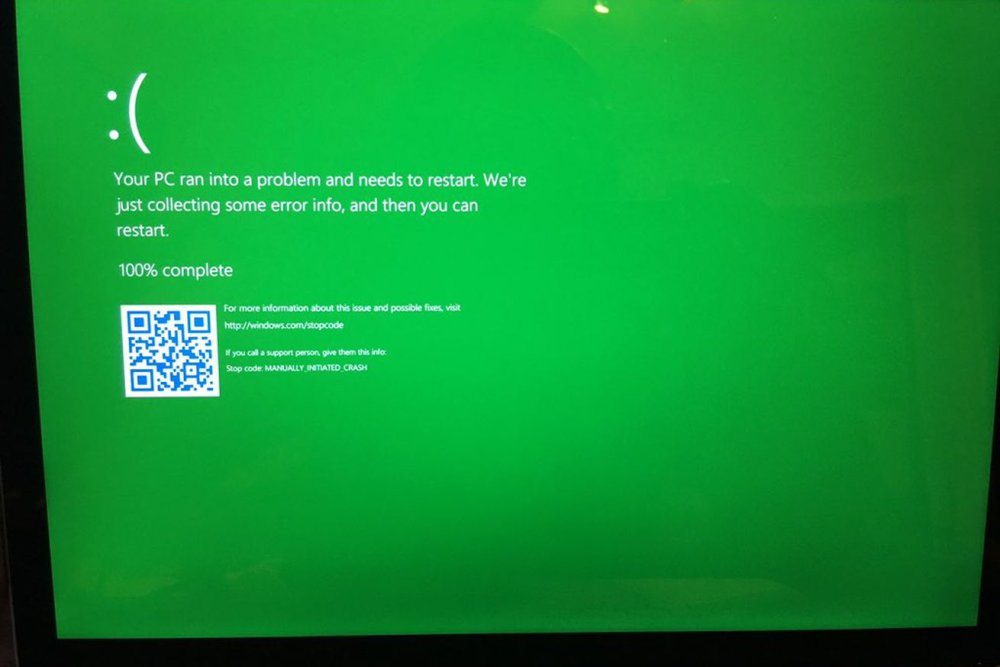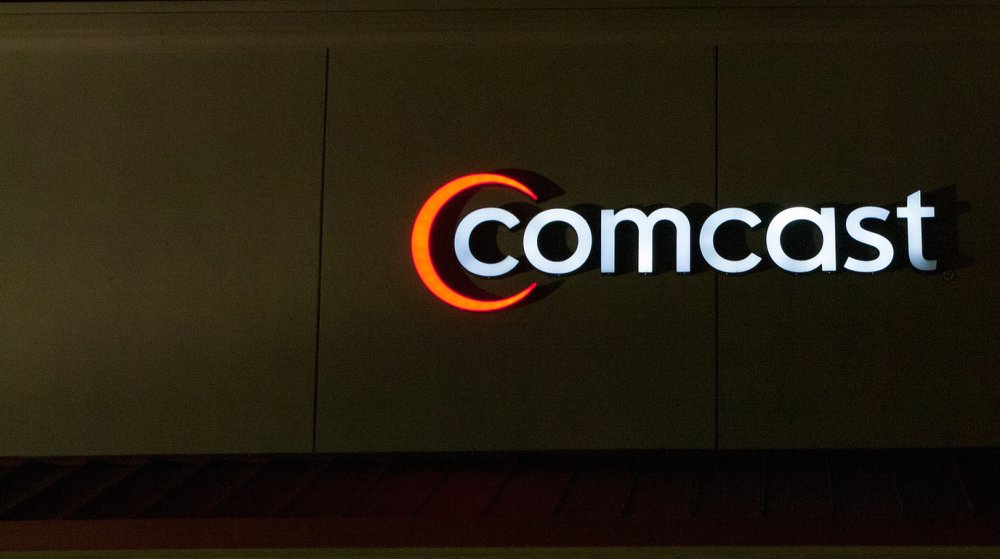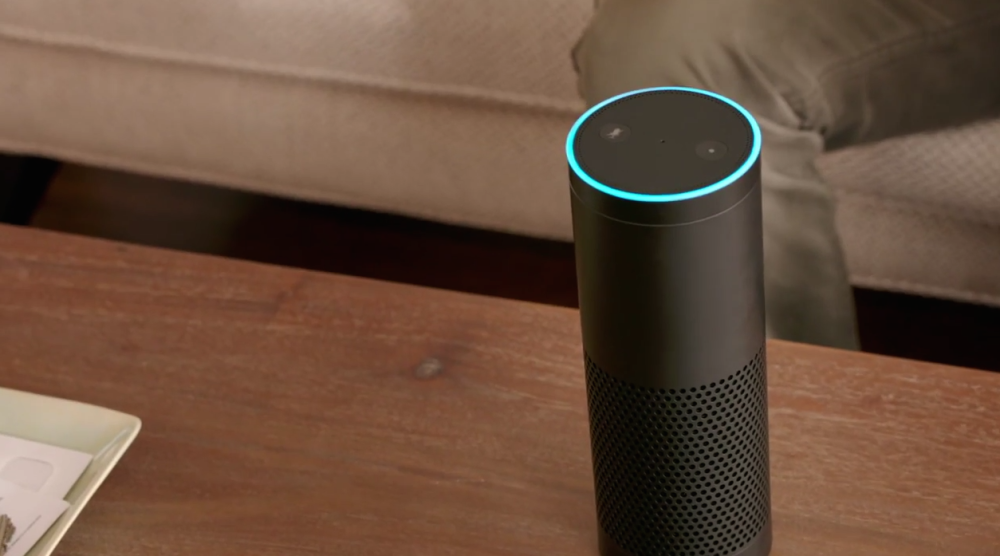-
Posts
7,282 -
Joined
-
Last visited
-
Days Won
2,416
Content Type
Forums
Blogs
Events
Resources
Downloads
Gallery
Store
Everything posted by allheart55 Cindy E
-
-
-
Don't you hate that, Dougie?
-
:wow: I've never seen one any where near that huge!
-
I haven't either. I hope that she is okay.
-
I couldn't believe the weather on Thursday. It was like a beautiful spring day at 61 degrees. Now we are back to the bitter cold and waiting on more snow. Stay cool, Dougie. That's some wicked heat you have going on there.
-
Happy Birthday, Bill. I hope that you have a great day!
-
Hi Russ. A BIG Welcome from me too!
-
Charter cable and internet customers in Tennessee who recently lost their homes to wildfire say the pay-TV giant, which recently merged with Time Warner Cable, is continuing to charge them for services that they can’t possibly access, and to return equipment that no longer exists. The Knoxville News Sentinel reports that it’s not just the burned-down homes that are racking up Charter bills; some homes that survived last month’s wildfire are being charged for cable and internet even though the company has yet to restore service. It makes sense that Charter might be behind on restoring TV and broadband to the area, after suffering significant damage to its network during the fires, but since the company is actively working on fixing its network and should therefore have an idea of which areas do and don’t have service, there’s really no excuse for why affected customers are still being billed. The company claims that it’s not company policy to charge customers in these situations, and blames the bills on automated billing and call centers around the country that may not know of the wildfires. Apparently, Charter lacks the ability to send an email to its employees to alert them of natural disasters that disrupt entire swaths of the company’s network. “We will certainly work with them to review their situation, review any billing,” a rep for Charter tells the News Sentinel. Some area customers say they are having better luck sorting out bill disputes in person at Charter’s local office, but that the company’s telephone customer service has not been helpful. “They sent us a bill for the next billing period after I called to cancel, and they say if we’re going to cancel, we owe the box or they’re going to charge us for the equipment,” one customer tells the paper. “We were told that if we dig through the rubble and found parts of the equipment, we could bring it in as proof. Otherwise, we couldn’t prove that the equipment was in the cabin at the time of the fire, and would be charged 100% for all Charter equipment.” A letter sent to this family on Dec. 19 says to “Please check with your insurance carrier regarding possible reimbursement to you for circumstances such as theft, loss or damage.” Source: Consumerist
-
- charter cable
- pay-tv
-
(and 2 more)
Tagged with:
-
-
-
I'm unsure exactly what it is you are trying to do. Are you going on vacation and planning on staying in a hotel? I am assuming that you don't wish to go wireless?
-
-
I had to log in on both my desktop and my phone, using Internet Explorer.
-
When you purchase a brand-new smartphone you don’t expect to wake up days later to a broken camera lens. Yet, that’s exactly what Consumerist reader Sean says happened to his new Samsung Galaxy S7, and he’s apparently not alone, as Samsung’s own forums are filled with similar stories. Sean tells Consumerist that he purchased a new S7 last week, only to wake up on Dec. 22 to find the camera glass had shattered despite being in a case and sitting untouched on his nightstand all night long. “The camera glass had shattered like a miniature bullet hole,” Sean recalls. When he contacted Samsung, Sean says the company refused to replace what he sees as a defect under the manufacturer’s warranty, insisting that he had caused the physical damage to the phone. Unhappy with the company’s response, Sean began looking online to see if other customers had experienced similar situations. “A quick Google search brought up hundreds of identical instances of this rear camera glass shattering without dropping the phone, with Samsung refusing responsibility and forcing its customers to pay for a repair,” Sean tells Consumerist. Nearly all of the reports posted on Samsung’s forums — starting in April 2016 with the most recent posted just two weeks ago — include comparable descriptions of the potential defect: owners unexpectedly find the rear camera of their phones, generally in a protective case, shattered in a circle shape similar to a bullet hole. In most cases, the owners say the phone was in a protective case and hadn’t been dropped prior to finding the camera glass broken. In a post from April 2016, an S7 owner says that she had owned the phone for less than a week when she noticed the lens was shattered. “Well, it took three weeks to get it fixed,” she writes. “I’ve had it back for less than a week and the lens is cracked… Is there an issue with the lens, or am I the only one. It cost $70 to get fixed. I really don’t feel like paying it again.” In a reply to that post, another owner says that in Nov. 2016, while charging the S7 and using the phone, he noticed the rear camera glass had cracked. “The phone was three weeks old and in a secure case, never been dropped, never had any impact,” the report states. “After spending over 2 hours in a Samsung Service Centre, plus over an hour on the phone to Samsung Customer Services, I am now sending my phone in to be inspected.“ Samsung has replied to some of the forum posts, suggesting that the only way for customers to know what happened to their phones is to send them in for inspection. “We do see there are quite a few interesting theories, and although we cannot speculate on each individuals’ situation, we would like to assure you that Samsung does take many different conditions into consideration when constructing our devices,” a rep replied to another post from April that already has 218 replies. The rep then says that the company’s goal “is to always make high quality products for our customers and we strive to be leaders in quality. Although some unforeseen things may come, we do believe this is an isolated occurrence and do not want to place blame on anyone.” Only, according to the forum posts, it doesn’t appear to be isolated and the blame generally falls to the owners. In a post from Aug. 2016, another S7 owner reports that two weeks after purchasing the smartphone he found the back camera glass shattered in a “circular spider web pattern.” After Googling “Galaxy S7 camera glass broken” the owner believed the issue to be a manufacturer’s defect. He then called T-Mobile to see if they could deal with the issue. Only the carrier reportedly told the man it would cost $175 to exchange the device for a new phone. “I got the S7 10 days ago,” another owner says in a July forum post. “The camera glass has already broken. There is glass missing and the rest is shattered. It looks as if someone has shot it with a bb gun.” While some owners note that the lens of the camera sticks out from the back of the phone potentially leaving it vulnerable to damage, others say the cases on their phone prevent the lens from protruding. “My Pelican case doesn’t permit the lens to past the case,” an owner wrote on a Samsung forum in September, who says — like the others — that he noticed the shattered glass when he went to take a photo with his phone. “I got up other morning and put in my pocket when I went to take a picture that morning I noticed that the glass that covered the lens was shattered.” Again, the owner was told that it must have been his fault, that the phone must have been dropped. His only recourse, the AT&T rep said was to file the issue with insurance. Consumerist has reached out to Samsung for comment on Sean’s specific case and the prevalence of forum posts about the camera lens issue. We’ll update this post when we hear back. Source: Consumerist
-
- broken camera lens
- galaxy s7
-
(and 2 more)
Tagged with:
-
That explains it. Thanks, Bob!
-
Is that the reason that I had to manually log in? Usually I stay logged in all the time.
-
-
You are better off allowing Windows to defrag your hard drive. It seems likely that using VOPT caused the issue. It sounds as if you need more hard drive space for your volume shadow copies.
-
Windows’ infamous Blue Screen of Death (BSOD) is turning a shade of green for Windows 10 testers soon. A leaked preview build of Windows 10 (build 14997) emerged on the internet earlier this week, and it includes a number of new features and changes. One of the biggest is a Green Screen of Death instead of the regular BSOD. Microsoft employee Matthijs Hoekstra teased the change on Twitter, and MSPoweruser reports that it was eventually discovered by Twitter user Chris123NT. It’s not clear why Microsoft has picked green over blue for its Windows 10 Insider builds, but Hoekstra confirms this new color scheme is only for preview participants. It’s likely that Microsoft wants to distinguish between genuine BSOD issues and problems and crashes that are more likely to occur during the testing of Windows 10 builds. A number of Windows 10 preview users publish issues like BSODs publicly on blogs or social networks, and turning the color green will help Microsoft identify them during the test phase. Microsoft last updated the BSOD with QR codes, years after adding a frowning face for Windows 8. Microsoft has put its public testing of Windows 10 on hold for the festive period, and the company isn’t planning to introduce any new builds until next month. The leaked 14997 build also includes options to enable Cortana during the initial PC setup phase, a F.lux-like blue light reduction feature, traces of an Xbox Game Mode, Microsoft Edge tab improvements, and app folders for the Start Menu. Source: The Verge
-
- bsod
- green screen of death
-
(and 1 more)
Tagged with:
-
-
In August, Washington state sued Comcast, alleging that the cable giant had deceived hundreds of thousands of customers in the state about an add-on service intended to cover the cost of service calls. Comcast later sought to have the case dismissed, calling it a “profound mischaracterization” of the company’s business practices, but the court recently allowed the matter to move forward over Comcast’s objections. In a one-page ruling [PDF] issued just as everyone was heading out for the long weekend, a King County (WA) Superior Court judge denied Comcast’s motion to dismiss the lawsuit brought by Washington Attorney General Bob Ferguson. “The court correctly rejected Comcast’s attempt to evade responsibility for deceiving its customers,” said Ferguson in an emailed statement. “Washington consumers deserve their day in court.” Comcast maintains that Ferguson’s office has failed to “demonstrate violations of the Washington Consumer Protection Act, and in fact acknowledges that our customers have saved millions of dollars in avoided service charges with our Service Protection Plan. We continue to believe the Attorney General’s claims have no basis in either law or fact.” At the core of this case is Comcast’s Service Protection Plan (SPP), which the company markets as a “worry-free” way for customers to avoid paying for expensive service calls by instead paying a monthly fee of around $5. The state claims SPP’s terms and conditions are overly restrictive, resulting in very few customers actually being able to enjoy the benefits of the program — noting that even though the plan covers the cost of a Comcast tech visit, it does not cover “any actual repairs relating to customer equipment.” Ferguson also alleged that Comcast misled customers about the need for SPP, telling them that the plan covers service visits for equipment and issues outside of the home — when Comcast customers are already exempted from having to pay for those types of visits without having to sign up for a protection plan. Comcast responded that these restrictions are all in the terms and conditions of the SPP contract, which “were posted for all to see on Comcast’s website.” However, as we noted in October, the SPP terms and conditions were not included in this Comcast website page of terms for its various other offerings, and the only way to locate the SPP terms was to do a keyword search for them. Additionally, Comcast stated in court documents that the SPP terms were “all of three paragraphs long,” but we counted at least eight paragraphs. Washington also accused Comcast of wrongfully requiring a deposit from thousands of customers in the state who were creditworthy enough to avoid the deposit requirements. Comcast contends that if such mistakes happened, they were minor errors affecting small numbers of customers — and not worthy of a lawsuit from the state attorney general. The Service Protection Plan was not only sold in Washington, and Comcast appears to have used the same marketing for the SPP in all of the areas in which it operates. Now that Washington’s lawsuit against Comcast has been given the green light, it’s possible that other states could bring their own actions. Source: Consumerist
-
- add-on service
- comcast
-
(and 1 more)
Tagged with:
-
The issue of who can access information stored on your electronic devices has become increasingly controversial in the last year, with authorities obtaining search warrants to unlock smartphones for everyone in an office building, courts ruling that police can force smartphone users to give up their devices’ passcodes, and federal lawmakers trying to force weakened encryption on consumers. Now, police investigating a homicide are hoping to get a look under the hood of Amazon’s Echo speaker to see if its virtual “Alexa” assistant might have recorded evidence of a murder. CNET, citing The Information (subscription only), reports that police in Bentonville, AR, filed search warrants to Amazon requesting any information that may have been recorded by the suspect’s Echo speaker located in a home where a homicide occurred in November 2015. The police believe that possible Echo recordings from Nov. 21 and Nov. 22, 2015 may provide evidence in the case against a man accused of drowning another man in a hot tub. While the Echo only records after hearing its wake word, “Alexa,” it is constantly listening for the command. Because of this, police believe that the device may have recorded ambient or background noise at the time of the murder. “It is believed that these records are retained by Amazon.com and that they are evidence related to the case under investigation,” police wrote in the search warrant. The Echo’s locally stored data can be deleted by users, but a record of the information is also believed to be kept on Amazon’s servers as a way for the company to improve its voice assistant services. For now, CNET reports that Amazon has provided police with the suspect’s account information and purchase history, but not the data transmitted from the Echo to Amazon’s servers. Even if Amazon doesn’t turn over the information, police suggest they have the ability to tap into the speaker’s hardware to access “stamps, audio files, and other data.” Police investigating the case aren’t just focused on what the Echo may or may not have recorded. CNET reports that the home was well-connected, including a Nest thermostat, Honeywell alarm system, wireless weather monitoring system, and other devices that could provide information. Source: Consumerist
-







